New York City’s towering skyscrapers and bustling streets get all the attention, but there’s a whole other world happening right beneath your feet. The city’s underground landscape is packed with fascinating attractions, hidden gems, and engineering marvels that most people never even know exist.
From abandoned subway stations to speakeasies tucked away in basements, the subterranean side of the Big Apple offers adventures that are just as thrilling as anything you’ll find above ground. Here’s a list of 17 underground attractions that showcase the incredible depth and character of New York City’s hidden world.
The City Hall Subway Station
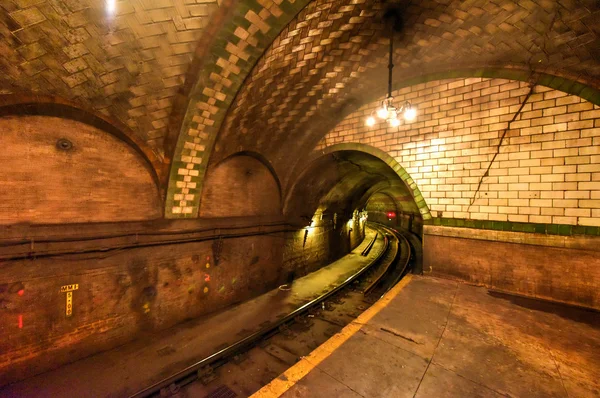
This gorgeous abandoned station sits like a forgotten palace beneath downtown Manhattan. Built in 1904 as the crown jewel of the original subway system, it features stunning tile work, brass fixtures, and curved architecture that puts most modern stations to shame.
The station closed in 1945 because its curved platform couldn’t accommodate longer trains, but transit enthusiasts can still catch glimpses during special tours. It’s basically the underground equivalent of finding a vintage Rolls-Royce gathering dust in someone’s garage.
Grand Central’s Hidden Platform
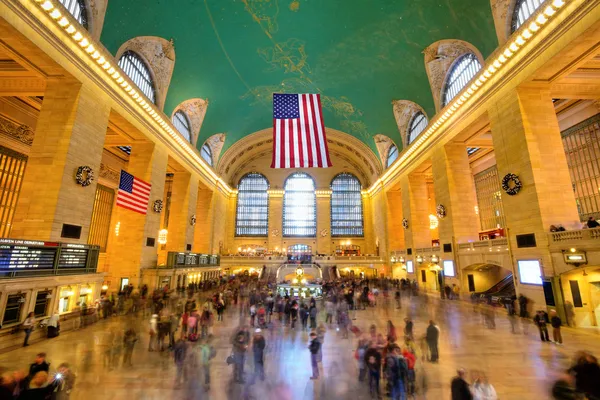
Track 61 lurks beneath Grand Central Terminal like something out of a spy movie. This private railway platform was built specifically for President Franklin D. Roosevelt, complete with an elevator that could lift his entire armored train car directly to the Waldorf Astoria hotel above.
The track still exists today, though it’s heavily restricted and rarely used. Think of it as the ultimate VIP entrance, except instead of avoiding paparazzi, you’re avoiding potential assassins.
Like Travel Pug’s content? Follow us on MSN.
The Whispering Gallery
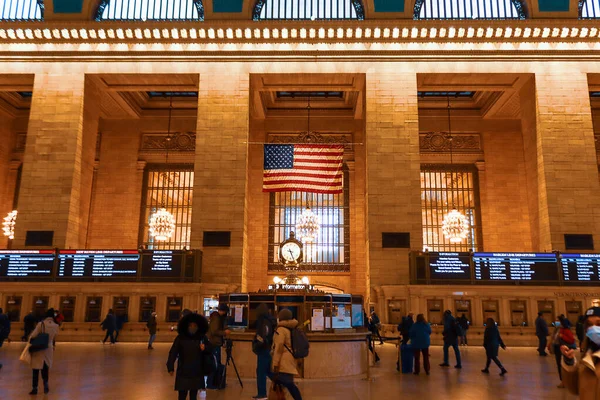
Located in Grand Central’s main concourse, this acoustic marvel turns physics into magic. Stand at one corner of the arched ceiling area near the information booth, whisper something to the wall, and someone at the opposite corner can hear you crystal clear.
The curved architecture creates a perfect sound tunnel that carries voices across the busy terminal. It’s like having a secret telephone line that works without any wires or technology from this century.
Pneumatic Mail Tube System, New York City
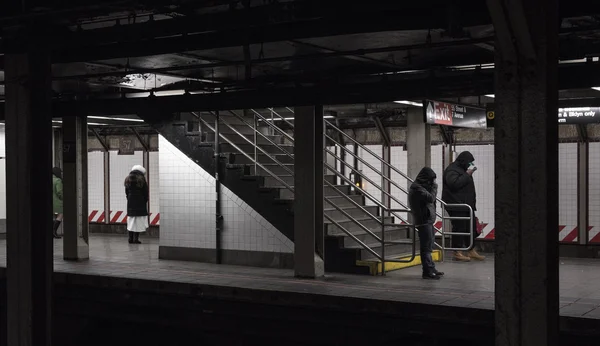
Deep beneath Manhattan lie the remnants of a pneumatic tube network that once shot mail across the city at lightning speed. Built in the early 1900s, this system used air pressure to propel mail canisters through underground tubes faster than horse-drawn carriages could manage above ground.
Most of the tubes have been sealed or forgotten, but sections still exist in the basement tunnels throughout the area. It’s essentially the grandfather of modern email, except way cooler and involving actual physical tubes.
The Freedom Tunnel
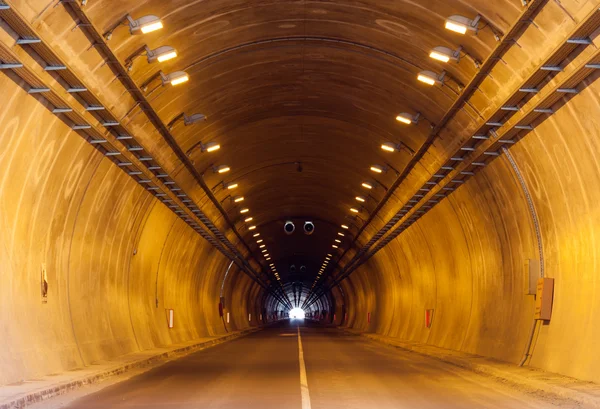
This 2.5-mile abandoned railway tunnel runs beneath Riverside Park on Manhattan’s Upper West Side. Originally built for freight trains, it became famous in the 1980s and 90s when hundreds of homeless people created an underground community complete with gardens and makeshift homes.
The tunnel gets its name from one resident, a graffiti artist called ‘Freedom,’ who decorated the walls with elaborate murals. Today it’s mostly empty, but the artwork remains as a testament to human creativity in the most unlikely places.
Like Travel Pug’s content? Follow us on MSN.
McSorley’s Old Ale House Basement
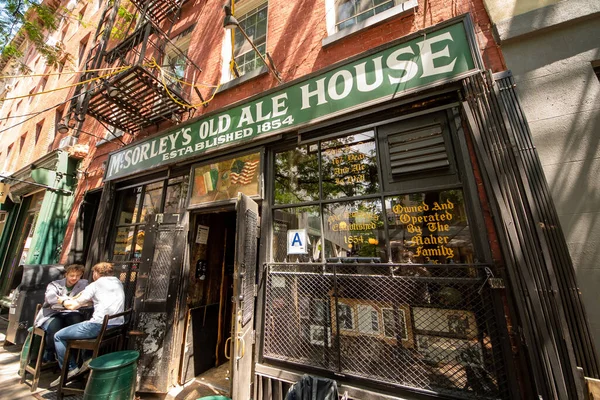
This legendary bar’s basement holds artifacts dating back to the Civil War era, including Houdini’s handcuffs and a piece of the wishbone from the last Thanksgiving turkey served at the bar before Prohibition. The cramped space beneath McSorley’s feels like a time capsule that someone forgot to open for 150 years.
Visitors can tour the basement and see relics that span American history, from old newspapers announcing Lincoln’s assassination to dusty bottles of ale that predate your great-great-grandparents. It’s like having a history museum that also happens to serve excellent beer upstairs.
The Basilica of St. Patrick’s Old Cathedral Catacombs
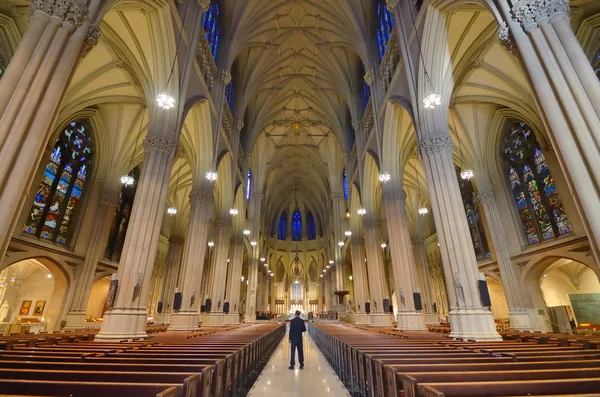
Located beneath the original St. Patrick’s Cathedral in Nolita, these catacombs contain the remains of some of New York’s most prominent 19th-century families. The underground burial chambers feature stone walls lined with crypts and offer a glimpse into how wealthy New Yorkers handled death before modern cemeteries became the norm.
Unlike the tourist-packed cathedral upstairs, the catacombs maintain an eerie quiet that makes you feel like you’ve stepped back in time. Tours are available, but they’re limited and fill up quickly because everyone wants to hang out with dead people in cramped stone rooms.
The High Line’s Underground Cousin
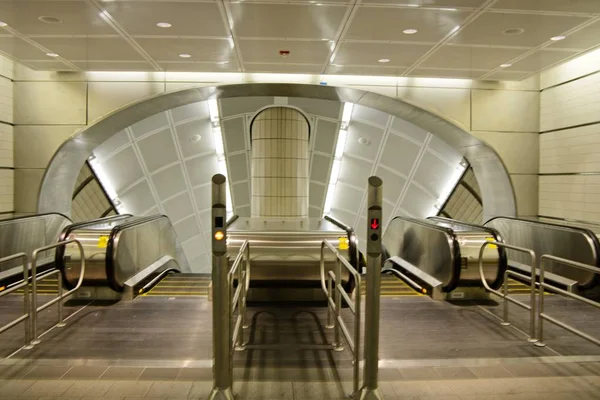
Beneath the trendy High Line park runs a network of abandoned railway tunnels that once connected to the elevated tracks above. These tunnels allowed freight trains to move goods directly into warehouses without disrupting street traffic, creating an efficient supply chain that kept the meatpacking district running smoothly.
Most sections remain sealed, but urban explorers have documented extensive tunnel systems that mirror the elevated park’s route. It’s like discovering that your favorite rooftop bar has a secret basement that’s twice as big.
Like Travel Pug’s content? Follow us on MSN.
Grand Central’s Tennis Courts

Hidden beneath Grand Central Terminal sit two regulation tennis courts that have been serving up matches since the 1960s. The Vanderbilt Tennis Club occupies this unlikely location, offering members the chance to play tennis while commuter trains rumble overhead.
The courts stay busy with leagues and lessons throughout the week, proving that New Yorkers will find a way to fit recreation into literally any available space. Playing tennis beneath one of the world’s busiest transportation hubs gives new meaning to the phrase ‘underground sports scene.’
The Bowery Savings Bank Vault
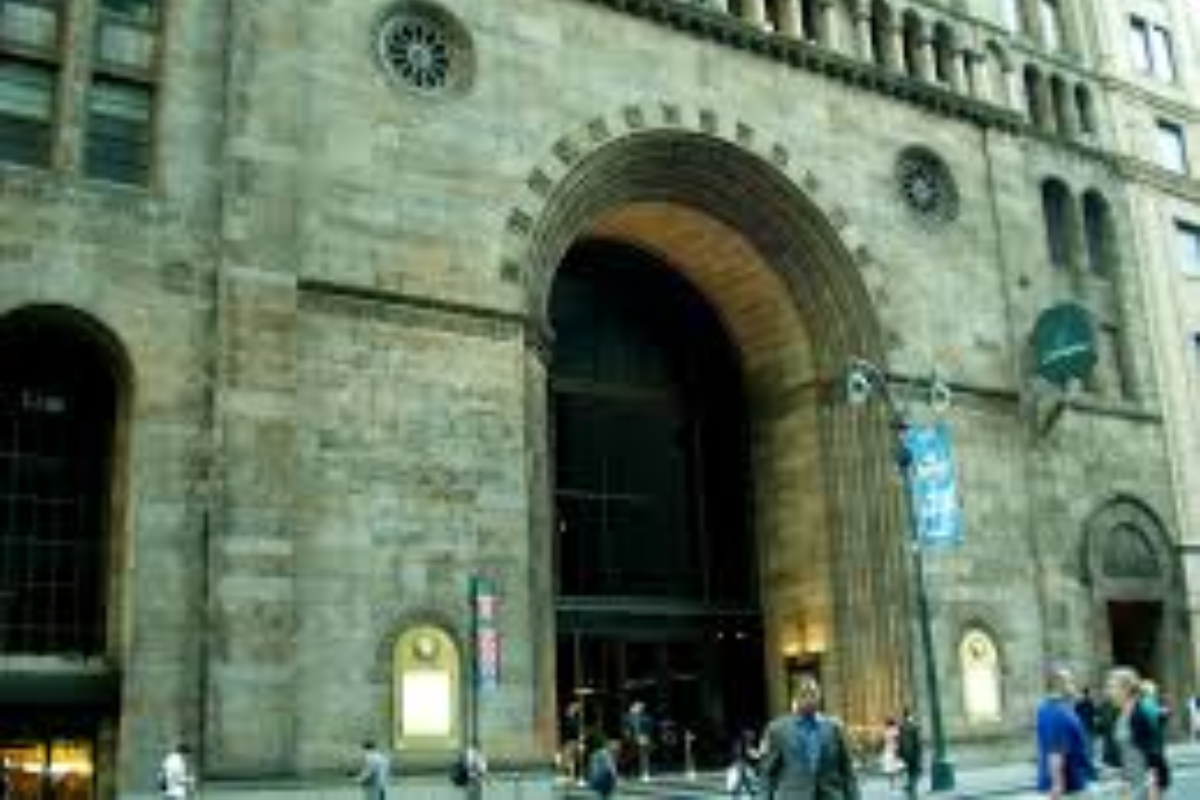
Beneath the historic Bowery Savings Bank building sits one of New York’s most impressive underground vaults from the banking boom era. Built in the early 1900s with massive steel doors and intricate safety mechanisms, this vault stored the wealth of countless immigrant families who trusted their savings to the neighborhood institution.
The underground chamber features elaborate ironwork and safety deposit boxes that stretch from floor to ceiling like a metallic library. Today, the space has been converted for other uses, but the original vault architecture remains as a testament to an era when banks built their underground storage areas like miniature fortresses.
The Campbell Apartment
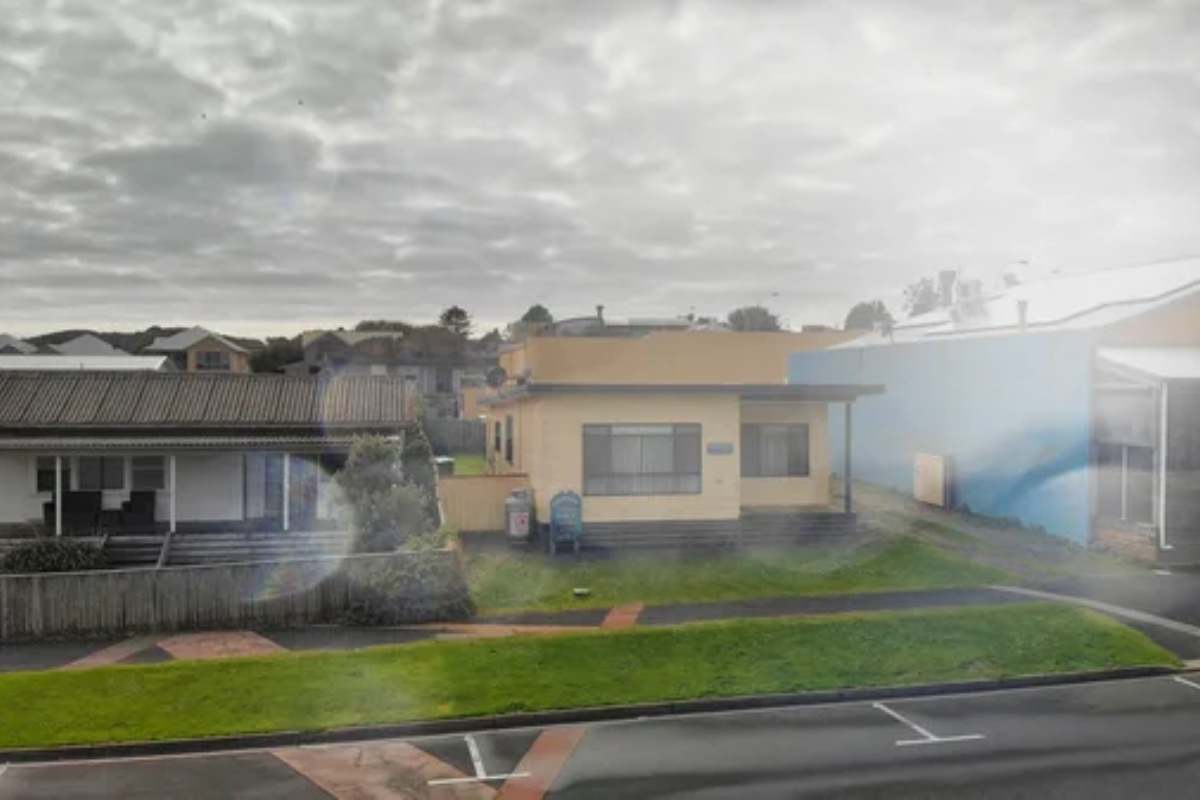
Tucked away in Grand Central Terminal, this former office of 1920s railroad tycoon John Campbell has been converted into an upscale cocktail lounge that feels like stepping into a different era. The space features 25-foot ceilings, a massive stone fireplace, and leaded windows that overlook the main concourse below.
Campbell’s original Persian rugs and antique furniture create an atmosphere that’s part gentleman’s club, part museum exhibit. It’s like having a private mansion hidden inside one of the world’s busiest train stations, which is exactly what it used to be.
Like Travel Pug’s content? Follow us on MSN.
The Beach Pneumatic Transit Tunnel
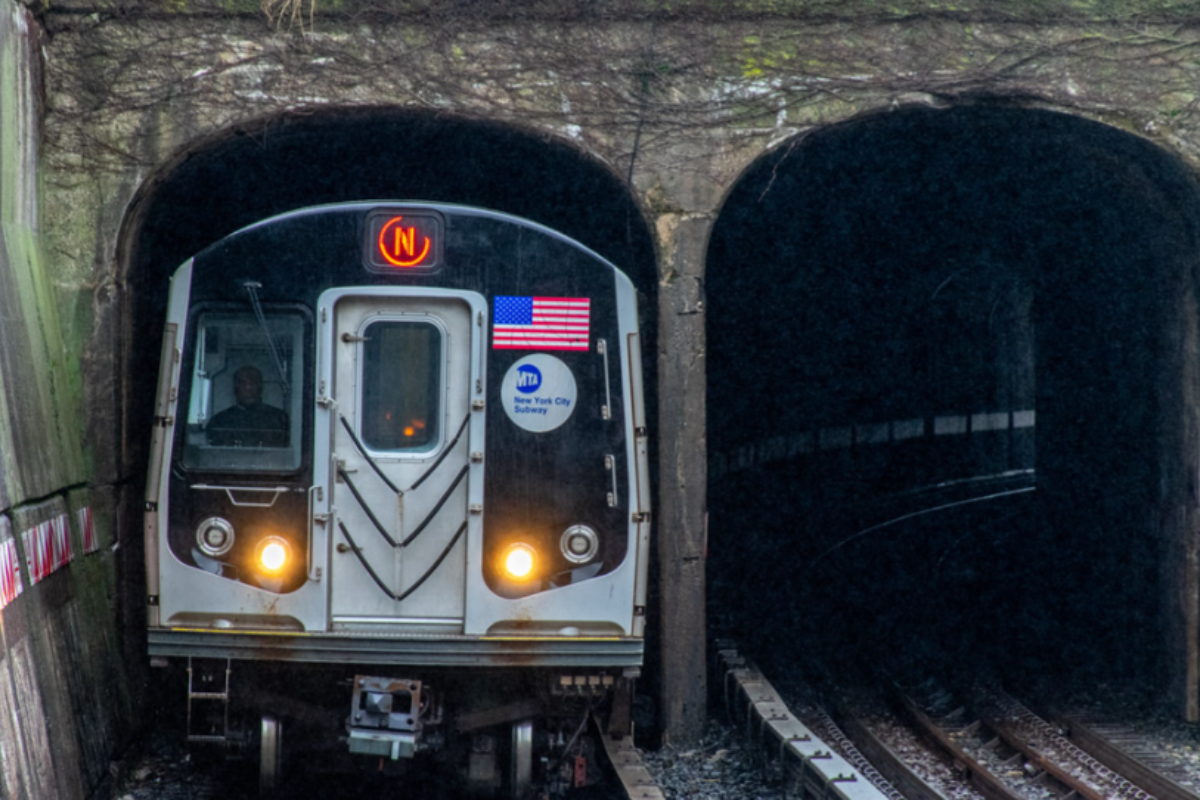
In 1870, inventor Alfred Beach secretly built a 312-foot pneumatic subway tunnel beneath Broadway near City Hall. His prototype system used a giant fan to push a single passenger car through the tube, demonstrating that underground transportation could work in Manhattan’s crowded streets.
The tunnel included an elegant waiting room with chandeliers, artwork, and comfortable seating that rivaled the fanciest hotels of the era. Beach’s tunnel was eventually sealed and forgotten, but sections were rediscovered during later subway construction, proving that great ideas sometimes just happen 50 years too early.
The Ear Inn Tunnel
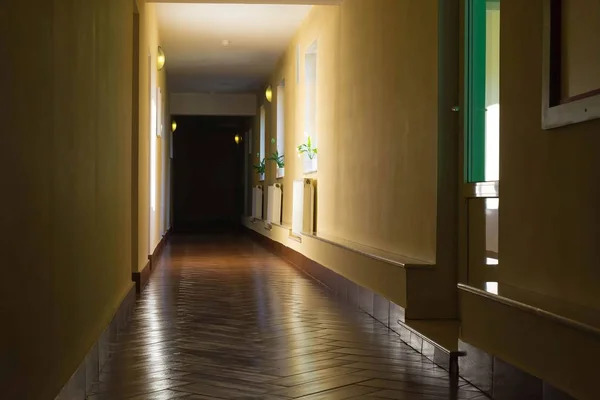
This historic tavern near the Hudson River contains a tunnel that allegedly connected to the waterfront during Prohibition, allowing smugglers to move illegal liquor directly from boats to the bar’s basement. The tunnel system remains largely intact beneath the building, though most sections are now sealed for safety reasons.
Local legends claim the tunnels connected multiple speakeasies and provided escape routes during police raids. Whether or not all the stories are true, the Ear Inn’s basement definitely has more character than your average restaurant storage area.
Trinity Church’s Colonial Cemetery
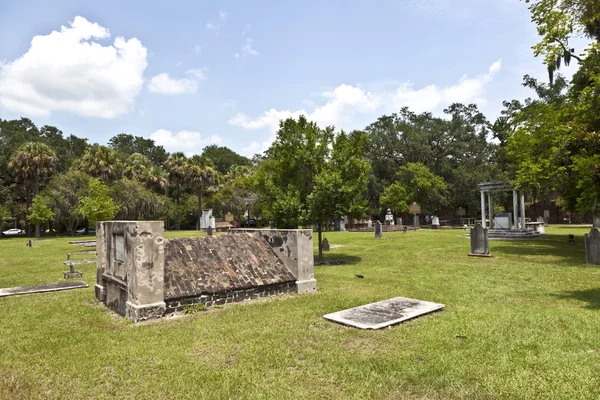
Beneath Trinity Church in Lower Manhattan lies one of New York’s oldest burial grounds, containing graves dating back to the 1600s. The underground crypts hold the remains of Alexander Hamilton, Robert Fulton, and other historical figures who shaped early American history.
Unlike typical cemeteries, these burial chambers were built beneath the church itself, creating a multi-level sacred space that served both the living and the dead. Walking through these underground chambers feels like browsing through America’s family photo album, except all the relatives have been decomposing for three centuries.
Like Travel Pug’s content? Follow us on MSN.
The Eldridge Street Synagogue Foundation

This historic synagogue’s basement reveals layers of immigrant history that most visitors never see. Built in 1887 to serve the Lower East Side’s growing Jewish community, the underground spaces housed everything from religious schools to community meetings that helped new Americans navigate their adopted homeland.
The basement contains original artifacts, documents, and architectural details that survived decades of neglect before the building’s restoration. Exploring these underground rooms feels like discovering a time capsule that preserves the hopes and struggles of families who rebuilt their lives in a new country.
The Merchant’s House Museum Basement
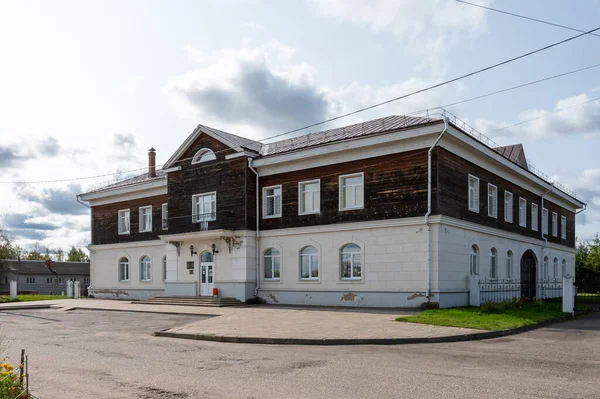
This perfectly preserved 19th-century home contains an underground servant’s quarters that offer a rare glimpse into how wealthy Manhattan families lived during the 1800s. The basement includes the original kitchen, pantry, and servant’s dining area, complete with period furniture and cooking equipment that the Tredwell family used for decades.
Unlike most historic homes that focus on fancy parlors and bedrooms, this basement shows the practical side of Victorian life, where the real work of running a household happened. Walking through these underground rooms reveals the hidden labor that kept New York’s elite comfortable, from coal storage areas to primitive laundry facilities that made modern appliances seem like magic.
The Old Croton Aqueduct
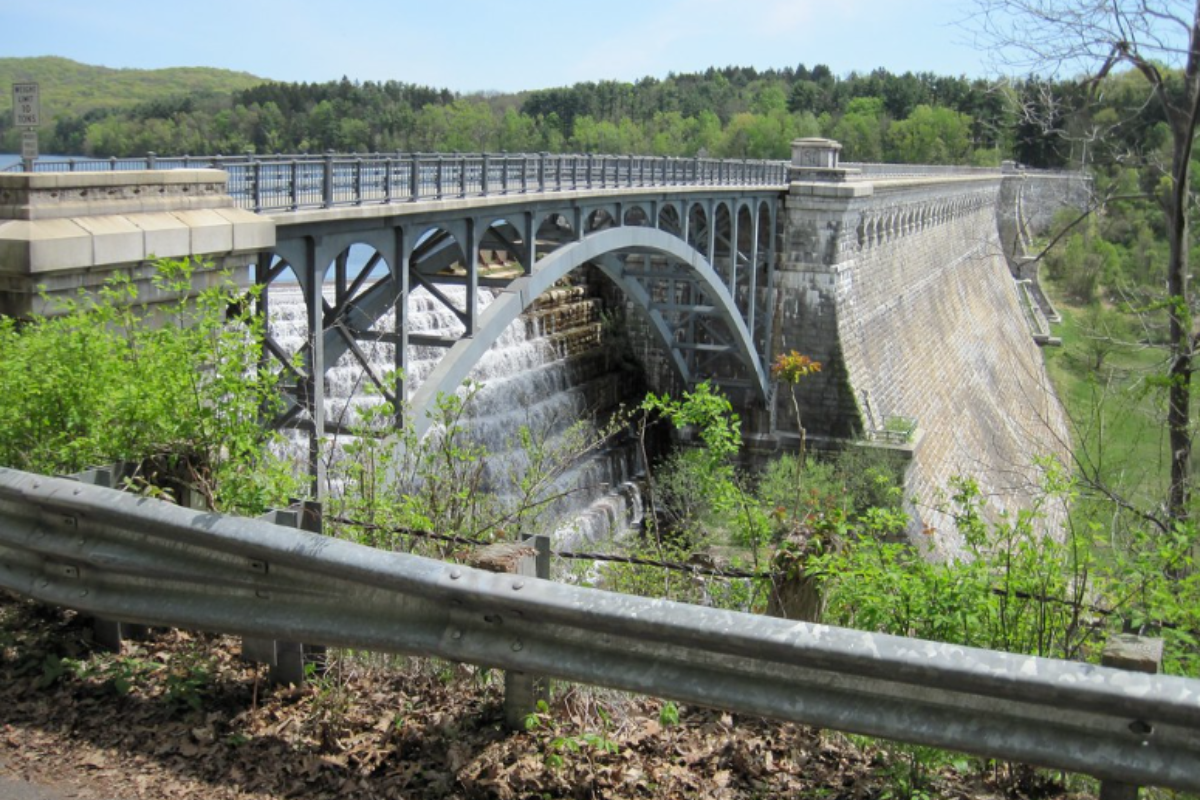
This 19th-century engineering marvel brought fresh water to Manhattan through a 41-mile underground tunnel system that ran from Westchester County to Central Park. Built between 1837 and 1842, the aqueduct used gravity to move 90 million gallons of water daily through carefully graded tunnels carved through solid rock.
Sections of the original aqueduct still exist beneath the city, though most have been replaced by modern water systems. Walking through the preserved portions feels like exploring the arteries of a giant underground organism that kept the city alive for over a century.
Like Travel Pug’s content? Follow us on MSN.
A Living History Beneath Your Feet
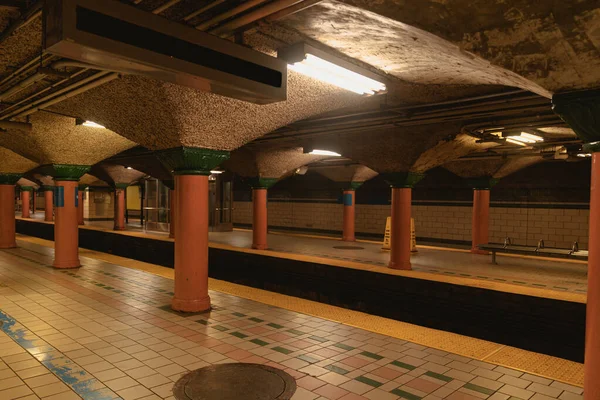
New York’s underground attractions represent more than just hidden tourist destinations – they’re a testament to the city’s incredible ability to build layers of history on top of itself. Each tunnel, vault, and forgotten space tells the story of people who solved problems, created beauty, and left their mark in the most unexpected places.
These subterranean gems prove that the city’s most fascinating stories often happen away from the spotlight, in spaces where innovation and necessity collide to create something remarkable. The next time you’re walking down a Manhattan street, remember that you’re probably stepping over someone’s engineering masterpiece, forgotten artwork, or secret hideaway that’s just waiting for the right person to rediscover it.
More from Travel Pug

- 20 Best Beach Towns in the Carolinas
- 13 Destinations Where Tourists Regularly Regret Their Trip
- 20 Things You Actually Get in First Class
- 20 Small Airports With Aviation Museums
- 20 Places in the U.S. That Are Perfect for a Reset Trip
Like Travel Pug’s content? Follow us on MSN.
